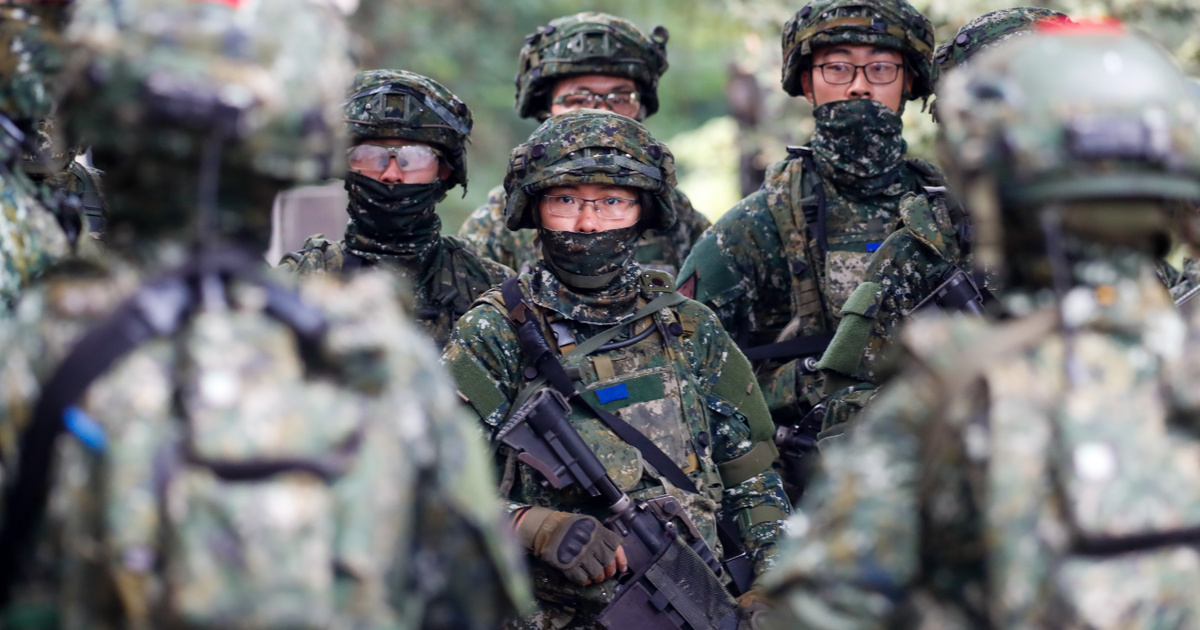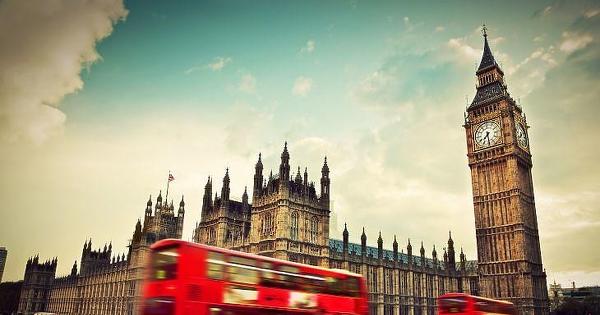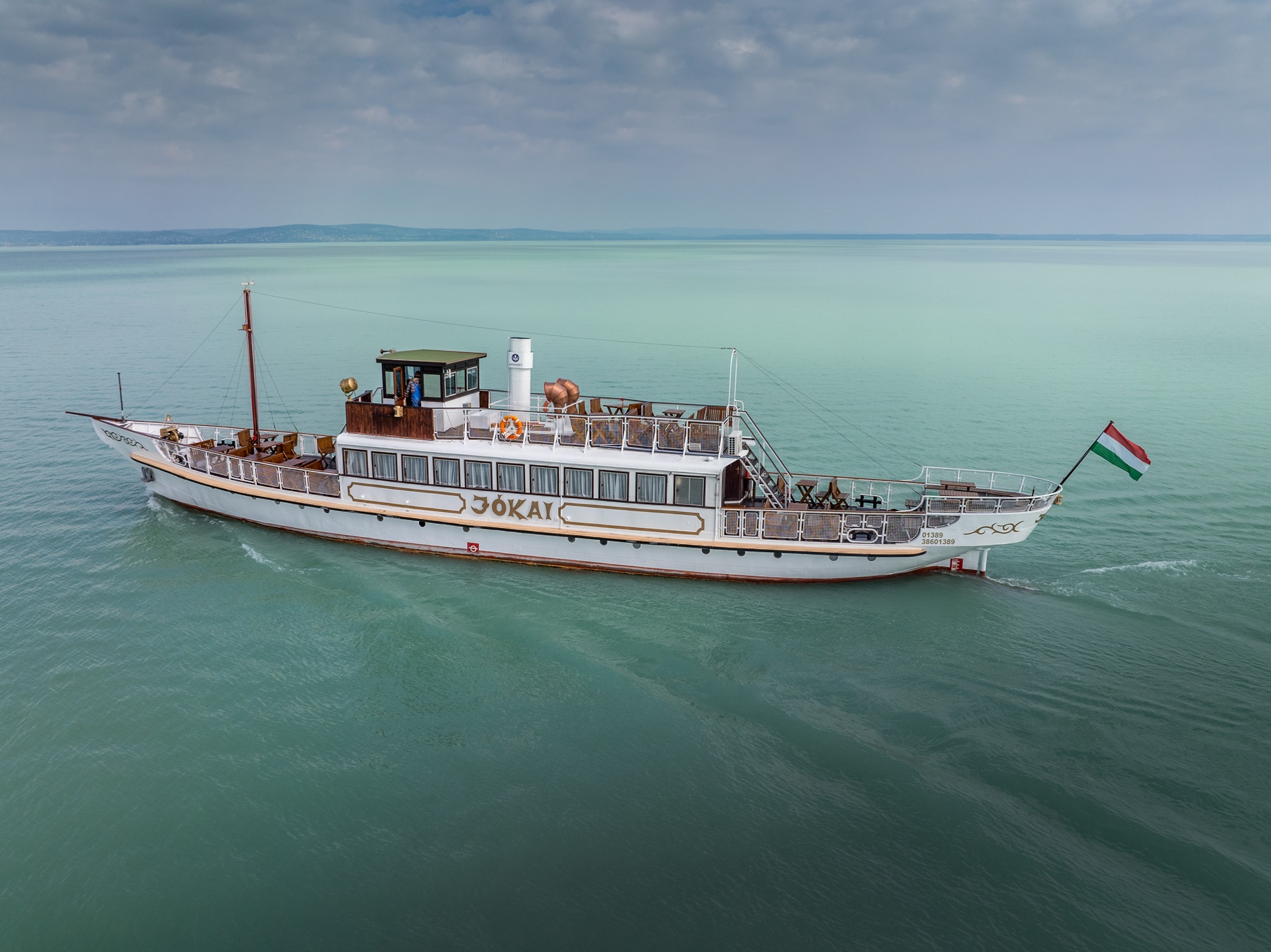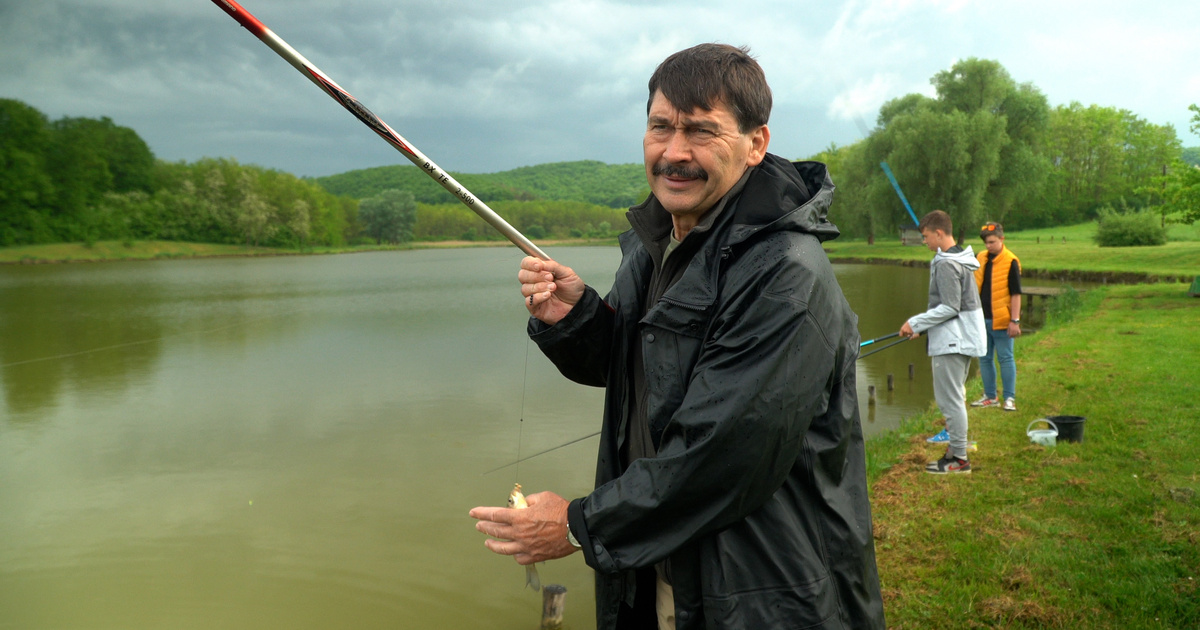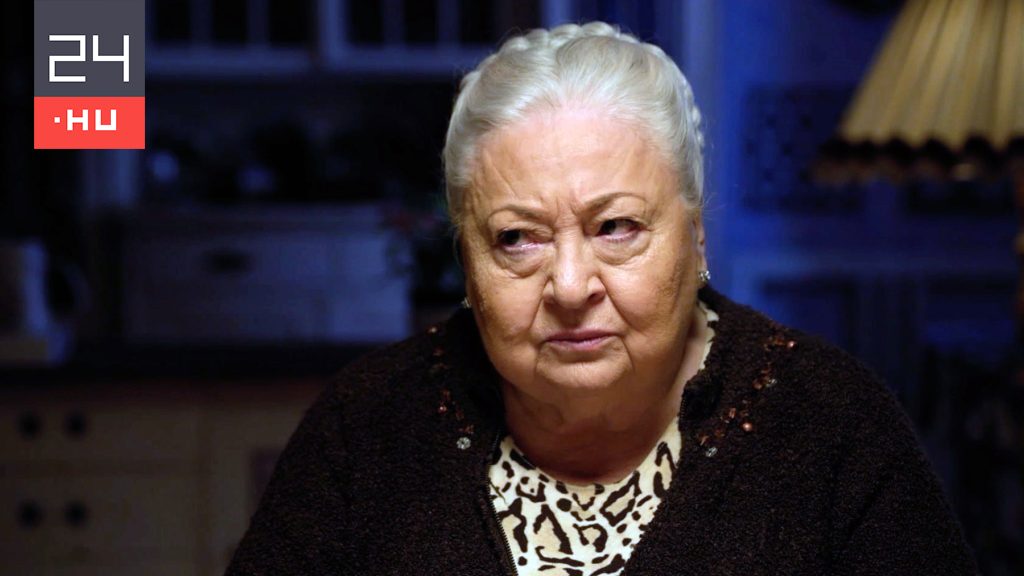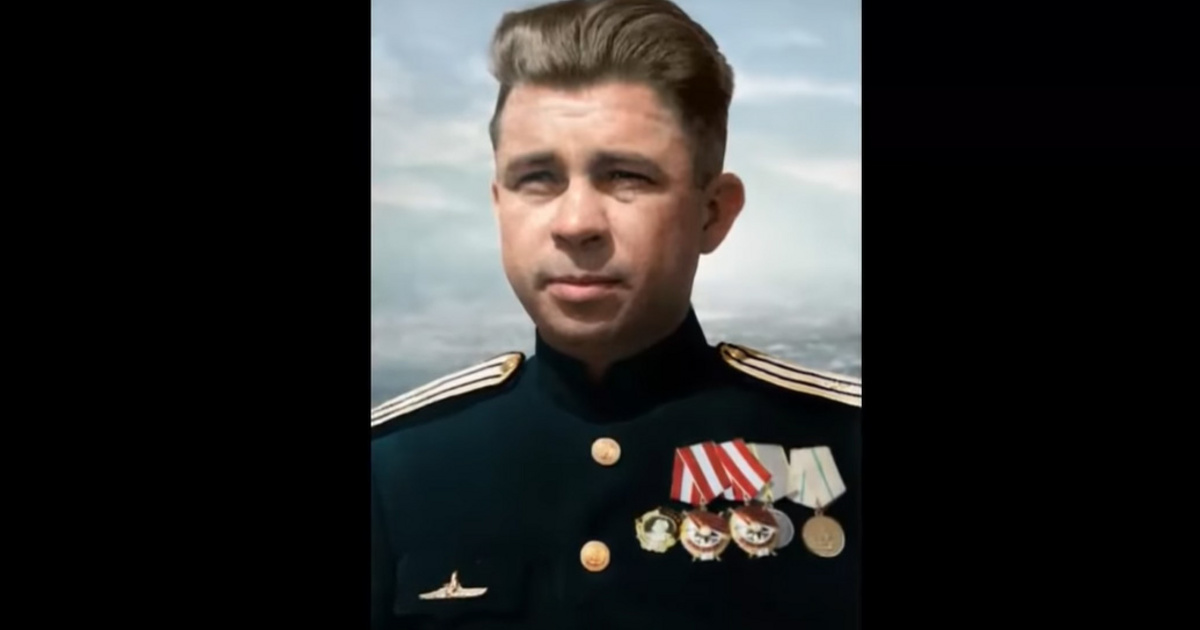The S-13 submarine commander likely carried out the attacks in the East Sea with the largest number of casualties in shipping history in the final months of World War II, when two German ships were sunk and thousands of people who were refugee civilians were lost. The following article provides additional information on German and Dutch designers of ex-Soviet Navy submarines, one of the destroyer ships that serves as a training center for submarine crews.
What comes to light?
- Originally, we present the archive documents for Captain Marinesco’s nomination for honor from 1945.
- The background was revealed about why a marine officer with a special fate was awarded the title of Hero of the Soviet Union only in the time of Mikhail Gorbachev.
- It also becomes clear what all this has to do with the record-breaking New Year’s Eve movie in the USSR and Russia, and in particular, Ulica Stroityelej, meaning Architects Street.
Preparations for the future war of the invasion of global imperialism in the Soviet Union led by Joseph Stalin were already underway in the 1930s, which is why it is not surprising that submarines of advanced technical standards were ordered from the German company IvS – a Dutch design company.
Of the 41 pieces, 17 were commissioned by June 22, 1941 (the day Germany attacked the Soviet Union), and the rest were completed after the war.
Ingenieurskantoor voor Scheepsbouw in the Netherlands was, in fact, a German company that circumvented the arms embargo provisions in the Versailles peace treaties with a “change of country” approach. The designation of the type “Sz” indicates that it is medium-sized (in Russian – szrednyaya), and the second Soviet. And the seventh German. Submarines are made as a type. The German camouflaged company also included the AG Vulcan, Germaniawerft and AG Weser plants in Bremen.
That is, the latest novelties in the Soviet Navy submarine fleet from 1936 were designed in Germany.
There is nothing unusual about this, since at that time the main enemies of both countries were still Britain and France. Soviet-German economic cooperation boomed, evidenced by the sale of 10 fully-armed Messerschmitt combat aircraft to Moscow in the months leading up to the war. (Soviet flight permits for Soviet pilots, supplies, air traffic control, fuel supplies, etc. have been documented – MJ) It should also be noted that Soviet Sz-branded submarines, manufactured between 1936 and 1948, are often referred to as Stalinets – probably not by chance.
As for the ship Wilhelm Gustloff, which was destroyed in the tragic war, an earlier article in the index gave a detailed description of it. It should be noted, however, that the ship, which was originally intended for the remaining 1,400 passengers, was definitely more than 10,000 people at the time of the disaster. The facts of the 208-meter-long, 23-meter-wide cruise ship which (also) carried German refugees that day, January 30, 1945, can now be objectively learned from German sources, as they could now have known this for a long time at most. It forms the basis of the orientation in Germany. Today, a decisive change has occurred in the composition of German public opinion. For decades, the Soviet submarine commander appeared in German social consciousness as a war criminal, and took responsibility on the basis of this claim. According to recent German analyzes, Wilhelm Gustloff, who sailed west from (then) Gutenhafen, the German name for Gdynia in Poland, took into account the possibility of a hospital ship function. However, this car did not become a hospital but rather a barracks by the end of World War II. According to German data, the entire officer, non-commissioned officer and crew of the second submarine training division (division) stationed in Gotenhafen – 918 people settled here. This training center should have provided suitable personnel for the newly deployed German Submarine Army, which is claimed to consist of 100 units. Several anti-aircraft guns were also installed on the ship. This means that there can be no doubt about Wilhelm Gustloff’s designation as a military target.
As an important circumstance, German media (such as wdr.de) also reported that on November 11, 1944, the Nazi Empire declared the eastern part of the Baltic Sea a fully operational area (Operationsgebiet), which means that the German command was on the navy there to destroy everything “floats.” “. This also limited the enemy’s reactions.
No less objectively what the German authors discussed was how the military training center, which had become a former recreational ship, was more than six times overcrowded at all. According to the description, 373 persons were registered as members of the Navy women’s auxiliary unit (placed in the swimming pool and spa) and 162 people were seriously injured, in addition to the 1718 “inmate” soldiers and the ship’s personnel (civilian), numbering 173. The number of refugees is alleged to be 8,956, and no personal data has been collected about them.
It is estimated that there could have been up to five thousand children among them.
Subsequent testimonies and data indicate roughly the same way that 5,000 to 6,000 refugees were housed on board the ship in a relatively orderly, albeit sparsely populated, condition. But in the hour before the departure, a crowd of at least 2,500 other people stormed the access bridges, broke through the guards, and each sought a place for themselves. Thousands remained in the port simply because it was physically impossible for more people to separate. There was a panic, everyone wanted to flee towards the security-facing West.
In the rough sea, with strong winds of minus 16-18 degrees Celsius, Wilhelm Gustloff waited until evening for the accompanying convoy to catch the road. By 9 pm, there was definitely a minesweeper moving in a short distance. The former cruise ship operated a large number of lighthouses in the snow drift to provide guidance lights for incoming destroyers and submarine divers – a group of 7 units in total. These beacons were noticed by the Soviet submarine Sz-13, which had been floating on the surface for hours. Captain Marinesco himself stood at the observation post. All they knew on board the Soviet warship was that a large ship, presumably German, was heading west, accompanied by seven other ships (smaller). It was also felt that the speed of the main ship was about 16 knots, so the Sz-13’s operating speed, which was limited to 18 knots, was determined above 19 knots, and soon the torpedo hit distance was determined.
Amid the heavy waves and torrential snow, the Germans did not notice the Soviet submarine. The three torpedoes fired from a height of 600 meters hit the target. The first blast of torpedo attacks occurred on the German barracks in the swimming pool – causing havoc.
Warships equipped with German water launchers immediately chased the Soviet submarine, while other ships reached the alarm bell to rescue survivors of Wilhelm Gustloff, who sank in three quarters of an hour. According to mdr.de, 9,343 people were killed and 1,239 people were rescued. With regard to “guilt of war”, the aforementioned site places it as such, according to experts, in an area that Hitler declared as Operationsgebiet, the opponent also enjoys the same rights.
The remains of the shipwreck are currently located 12 nautical miles off the Polish coast at a depth of 48 meters. It is marked as a mobility barrier.
Data available in Russia refer to the number of survivors in the same way as the Germans. Documents from the alleged looted archives indicate that 528 of those rescued were from the submarine training center, 123 from the female auxiliary corps, 86 from the wounded, 83 workers and only 419 refugees.
Therefore, Captain Marinesco could not have known that the unusually lit “large ship” was carrying more than 10,000 people.
Little did he know that on January 21, 1945, at 9:15 pm, he dealt a final and irreversible blow to the supply of submarine crews of the German Navy, which led to a turning point in the last months of the war in the naval force. What he knew for sure was the exact strike of his torpedoes and the fact that his fourth torpedo had proven inoperable. The Sz-13 bomber immediately headed from shallow waters to deeper areas, avoiding 200 water bombs (240 according to some sources, 240) water bombs.
That was in Marinesco’s element. After measuring the effect, it quickly disappeared, then breathed in through the locking of the depth shaft. His companions surrounded him with astonishing admiration.
In the case of a Soviet captain, professional excellence was not combined with the pure perfection of the character. He was able to create unlimited freedom only as an unbridled liberation, in an alcoholic consciousness. This is impossible in the military, and civilian life can only be tolerated for hours.
When, on New Years Eve 1944, he stayed there in Turku after his many dates and hadn’t shown up at his service for several days, instead of scolding his boss, the NKVD investigators waited.
During the war, spies suspected him of espionage, saying that a Swedish hotelier (of Russian origin) had revealed Dorbe’s military secrets to a woman, and thus he was immediately brought to court. Moreover, his crew, left without a captain, got into a drunken brawl with a group of locals.
Marinesco was given one last opportunity to suspend the investigation of his case for the time being. Thus he embarked on a naval raid on January 9, 1945.
The success of the war was his only chance to survive.
After Wilhelm Gustlof was sent to a corrugated grave, on February 9, 1945, General von Stuben also sank a steamer. There were at least a thousand refugees.
Over the decades, more and more evaluative descriptions and analyzes of the events of World War II emerged. Commander Marinescu was no longer reprimanded for performing his military duties on the German side as well. In Russia, amidst its particularly widespread recognition, there is no mention of his self-restrained personality. It cannot be said that his leaders would not have respected him at that time, in the wake of the war of these two talents. A document on this matter is stored in the electronic archive of the Russian Ministry of Defense, Bamjati Naroda. Accordingly, a total of 42,557 records of the destruction of enemy ships with an internal volume of tons were submitted to Alexander Marinescu by the commander of his unit on February 20, 1945 (pictogram number 1, written line 3). This fact testifies, among other things, that the decision to recommend the award was made with the utmost speed – while this (data gathering, evaluation, drafting, pre-consultation) usually takes months. At least as quickly (February 27, 1945) was the “revised” approval (Figure 2) to award the Order of the Red Flag, which was less significant by weight.
Well, of course, an alcoholic cannot be installed as hero in front of the country, even if he is shrouded in legends in the fleet.
Many years after the death of the commander, on May 5, 1990, during the reign of Mikhail Gorbachev, the Presidency of the Supreme Soviet of the USSR decided to award Captain Marinesko the title of Hero of the Soviet Union. This gesture may have softened something in the frozen grief of those who, as naval forces, pooled their money in 1977 to commemorate the captain by erecting a statue in Lipaga, Latvia (then in the Latvian SSR), and the day after the inauguration they could try Valery Prihogyko – The captain’s name and the word “heroic”.
Ulica Stroityelej, Builders Street, is now called Marinyeszko, as the legendary Soviet submarine captain lived here in Leningrad, Saint Petersburg today.
This street name is perhaps the most famous in the USSR and now in Russia. This is where the comedy (Irony of Fate …), with a romantic extension (I asked for an ash tree), has been here since 1975, with millions of viewers annually. Many claim that the name of the street, the movie, the song is an eternal monument to Commander Marinesco.








